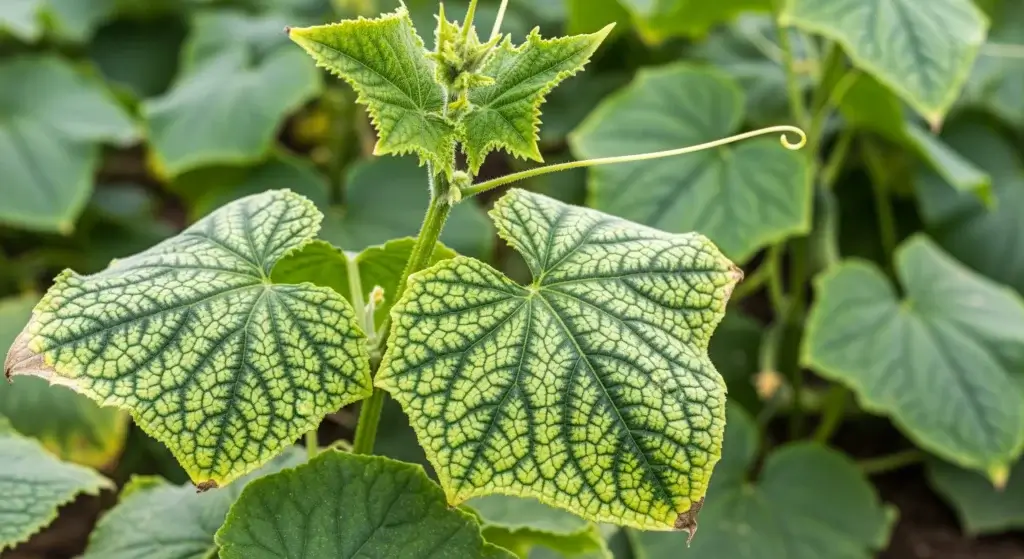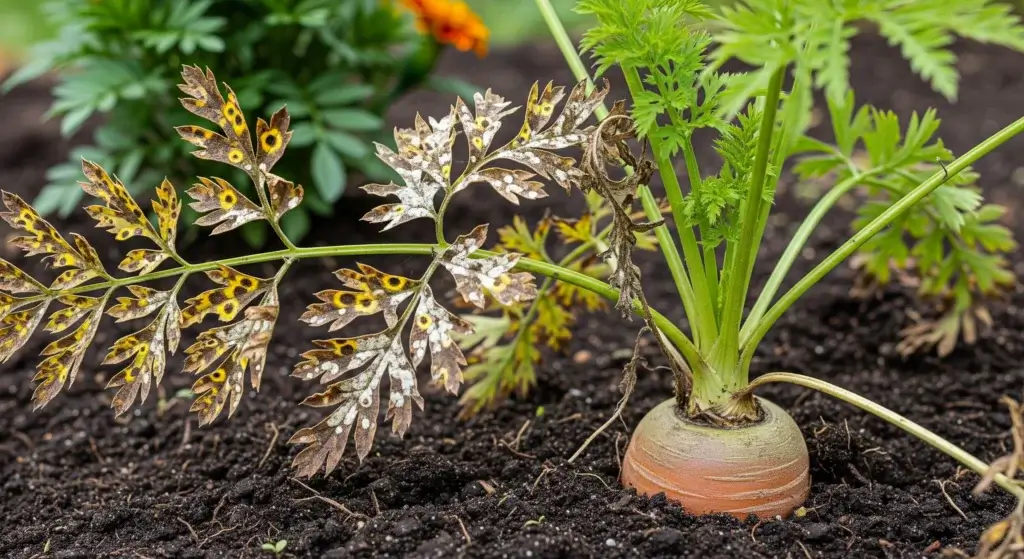
Are you struggling with tiny flies buzzing around your houseplants?
If so, you might be dealing with fungus gnats.
These tiny pests can be a nuisance for plant enthusiasts and gardeners alike.
In this guide, we will delve into everything you need to know about fungus gnats, from identifying them to understanding their lifecycle, and most importantly, how to control them effectively.
Let’s dive in!
How to Identify Fungus Gnats
First things first, let’s make sure what you’re dealing with are indeed fungus gnats.
These tiny pests are often mistaken for fruit flies, but there are some key differences.
- Read also: Natural Caterpillar Repellent: Safeguard Your Garden
- Read also: Garden Detectives: Cracking The Signs of Pest in Vegetables
Appearance
Fungus gnats (Family Sciaridae) go through four life stages: egg, larvae, pupa, and adult.
Here’s how to identify each stage:
| Physical characteristic | Egg | Larvae | Pupa | Adults |
| Size | Very small (about 0.25 mm), almost microscopic | About 5-8 mm long (less than 1/4 inch) | Smaller than the larvae, about 3-5 mm long | Small, typically around 3-4 mm (less than 1/8 inch) long |
| Body | Oval shaped, semi transparent | Translucent, worm-like with a shiny black heads | Cylindrical | Slender with long legs and long antennae that are longer than their head. This is a key feature to distinguish them from mosquitoes. |
| Color | White or clear in color | White with black heads | Starts off white and turns darker as it matures | Dark gray or black |
| Wings | – | – | – | Light gray or transparent, with a distinctive Y-shaped vein. |
Behavior
Fungus gnats lay their eggs in moist soil or organic matter, where fungi are present to feed the larvae.
The larvae consume fungi, organic material, and sometimes plant roots, which can damage the roots.
They live just below the soil surface.
The pupae are found in the upper soil layer, where they develop into adult gnats.
Unlike fruit flies that are attracted to overripe fruits, fungus gnats are usually seen around moist soil or decaying plant matter.
Adult fungus gnats are weak fliers and are often spotted walking on the soil, on plants, or near light sources.
While they don’t directly harm plants, they can be quite a nuisance.
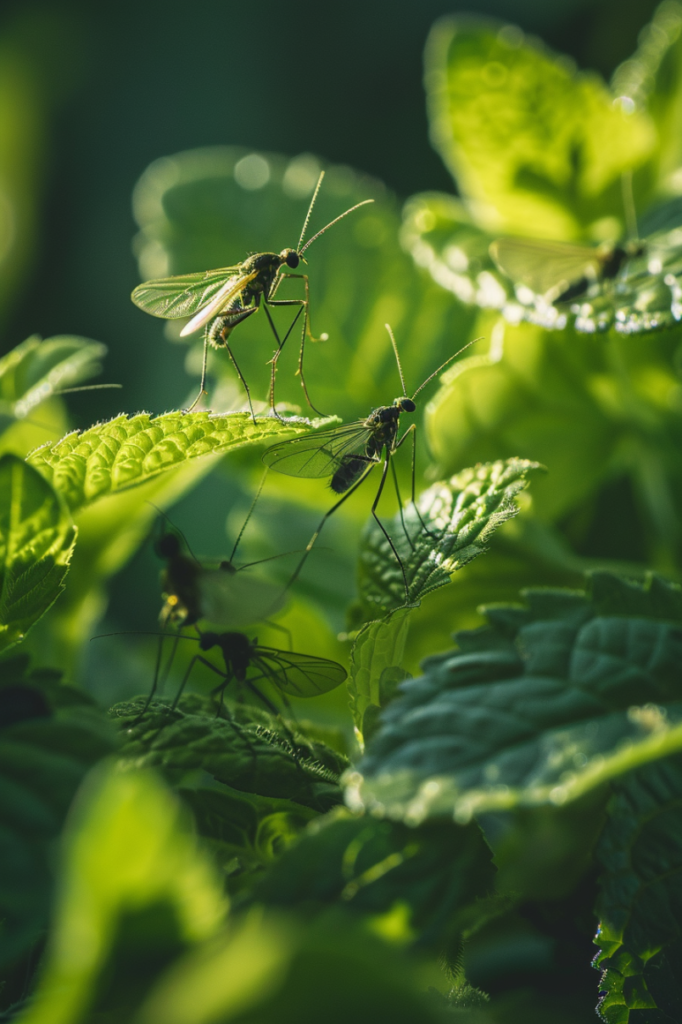
How Long Do Fungus Gnats Live
Understanding the life cycle of fungus gnats can help in effectively controlling them.
Fungus gnats have a relatively short life span, but they reproduce quickly, making them persistent pests if not dealt with promptly.
The entire life cycle of a fungus gnat, from egg to adult, can take around 18-30 days depending on temperature and other factors.
Here’s a breakdown of the lifespan for each stage:
- Eggs: Female fungus gnats lay up to 200 eggs in the soil, usually preferring moist and organic-rich environments. These eggs hatch in about 3 to 6 days.
- Larvae: The larval stage lasts for about 10-14 days. These are the most damaging stages of the fungus gnat life cycle. The larvae are fed on the roots of houseplants as well as algae and fungus in the potting mix .
- Pupae: After the larval stage, they pupate in the soil for 3-7 days before emerging as adults.
- Adults: Adult fungus gnats live for about 7-10 days, during which time they mate and lay eggs, starting the cycle anew.
What are damages caused by Fungus Gnats
Fungus gnats are primarily damaging in their larval stage. While adult fungus gnats are a nuisance, they don’t directly harm your plants.
Here’s how fungus gnat larvae can damage your houseplants:
- Root damage: The main issue is that larvae feed on the roots of your plants, especially finer roots and root hairs. This disrupts the plant’s ability to take up water and nutrients, leading to stunted growth.
- Weak and wilting plants: Plants infested with fungus gnats may appear weak and wilted, even if you’re watering them regularly. This is because the damaged roots are struggling to function properly.
- Yellowing leaves: Fungus gnat damage can also cause leaves to turn yellow and drop prematurely. This is due to the lack of nutrients the plant is able to absorb due to root damage.
- Increased risk of disease: Severely damaged roots can make plants more susceptible to other diseases, as they become weakened and stressed.
- Vulnerability seedlings and young plants: Seedlings and young plants are particularly vulnerable to fungus gnat damage because their root systems are not yet fully developed.
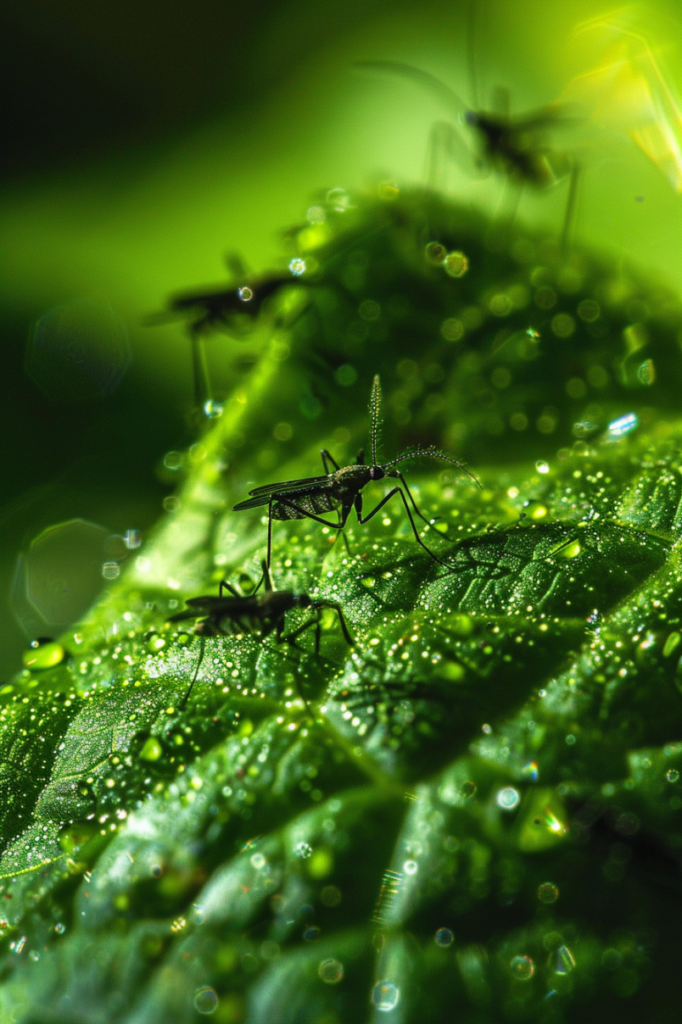
How to Control Fungus Gnats
Fungus gnats thrive in moist environments, so the key to controlling them is to disrupt their life cycle by managing moisture levels and attacking them at various stages.
Here’s a two-pronged approach you can take:
Preventative measures
- Adjust watering: Let the top inch or two of soil dry out completely between waterings. Fungus gnats love damp soil, so reducing moisture levels will make your plants less hospitable to them.
- Yellow sticky traps: Place yellow sticky traps around your plants. Fungus gnats are attracted to yellow, and these traps will capture them as they fly around.
- Top-dressing: Apply a layer of sand, gravel, or beneficial nematodes to the top of the soil. This will create a physical barrier that makes it difficult for fungus gnats to lay eggs in the moist soil.
Treatment methods
- Hydrogen peroxide drench: Mix one part 3% hydrogen peroxide with three parts water. Allow the top layer of the soil to dry out completely before drenching the soil with this solution.
- Insecticidal soap spray: You can use insecticidal soap spray on the adult fungus gnats. Be sure to follow the instructions on the label carefully, and avoid spraying directly on the flowers or buds of your plants.
- Beneficial nematodes: These microscopic worms are natural predators of fungus gnat larvae. You can purchase them online or at some garden centers.
- Diatomaceous earth: Apply diatomaceous earth, a powder made from fossilized algae, to the surface of the soil. This will dehydrate and kill any fungus gnats that come into contact with it.
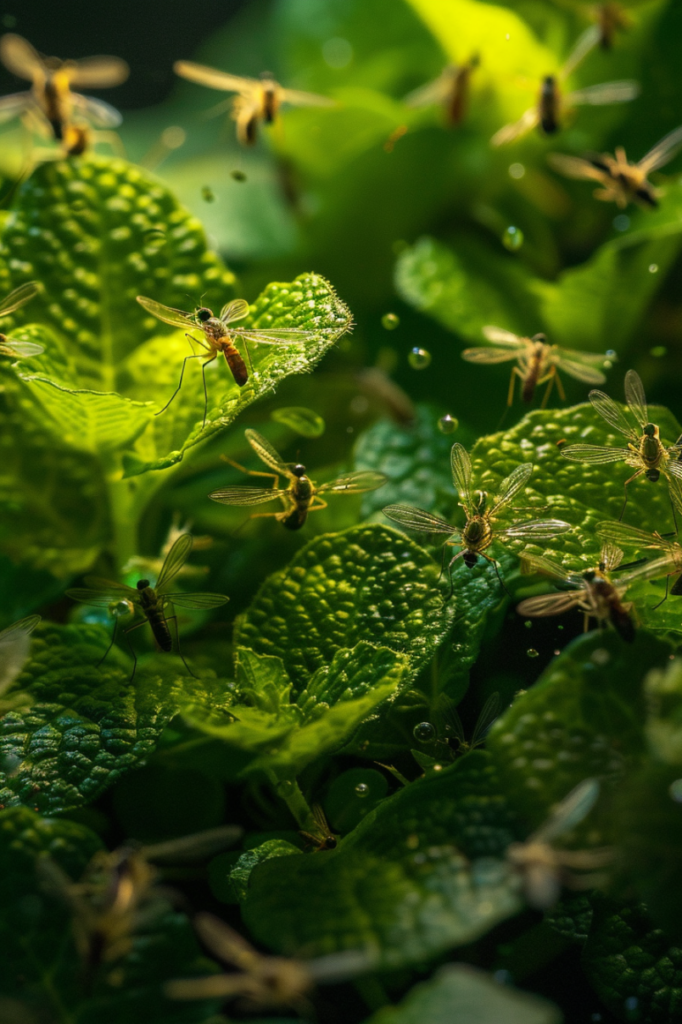
- Read also: Beat the Bugs: A Guide to Controlling Cucumber Beetles
- Read also: Say No to Slugs! Strategies For Controlling Cabbage Pests
Conclusion
Fungus gnats can be a persistent problem, but with the right identification and control strategies, you can manage and eliminate these pests from your plants.
By combining preventative measures and treatment methods, you can protect your plants and keep your indoor garden healthy and thriving.
FAQs
Fungus gnats are primarily a problem for indoor plants, but they do not typically infest other areas of the home.
To prevent future infestations, maintain proper soil moisture, clean up plant debris, and use sticky traps to monitor for any adult gnats.
Depending on the control methods used, you may see a reduction in adult gnats within a few days, while it may take a few weeks to fully eliminate larvae and break the lifecycle.

